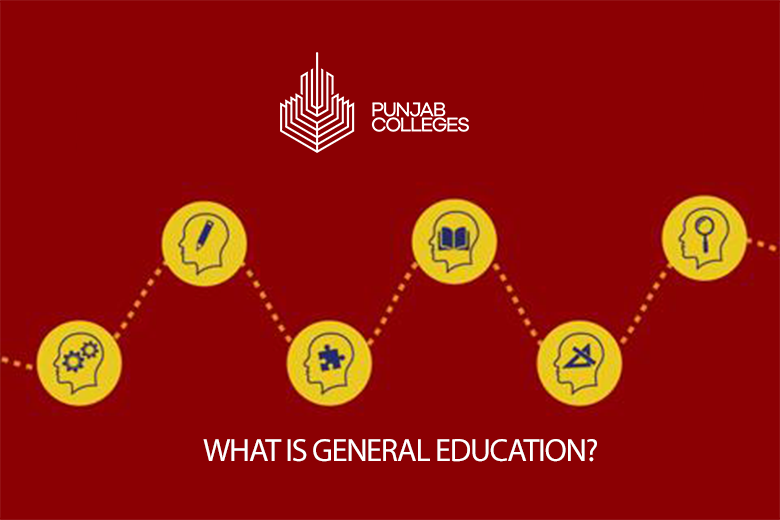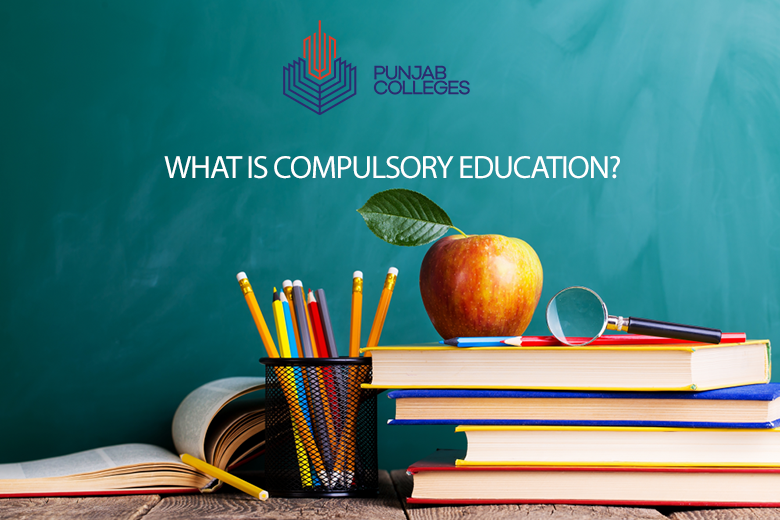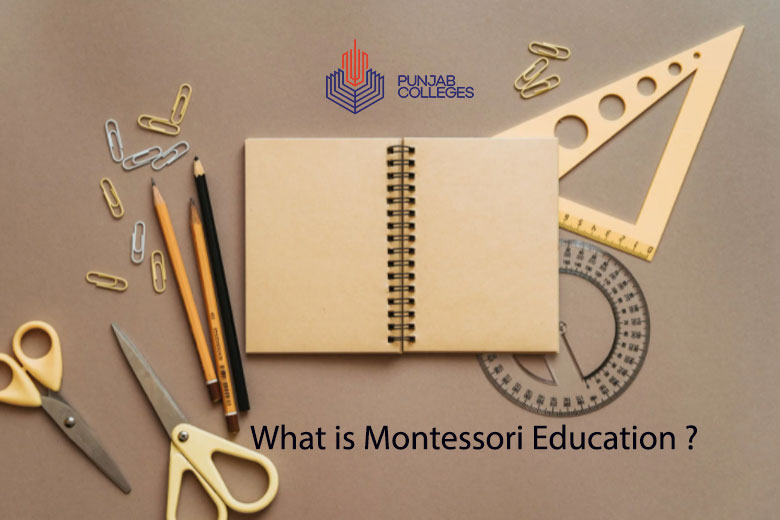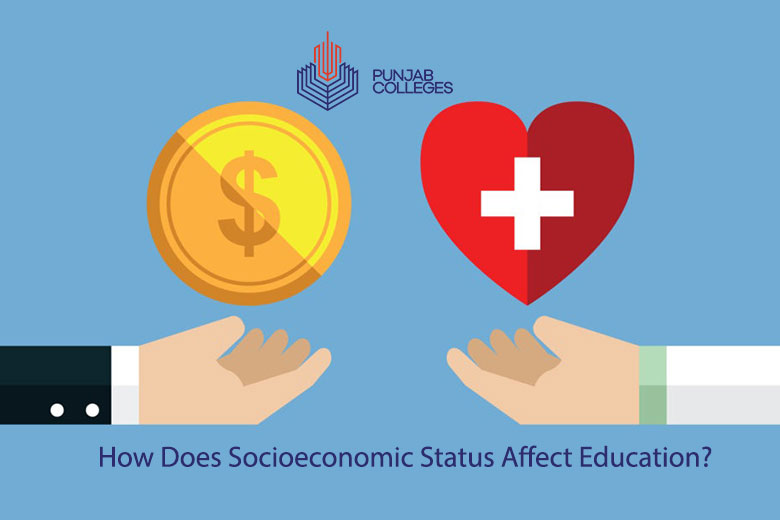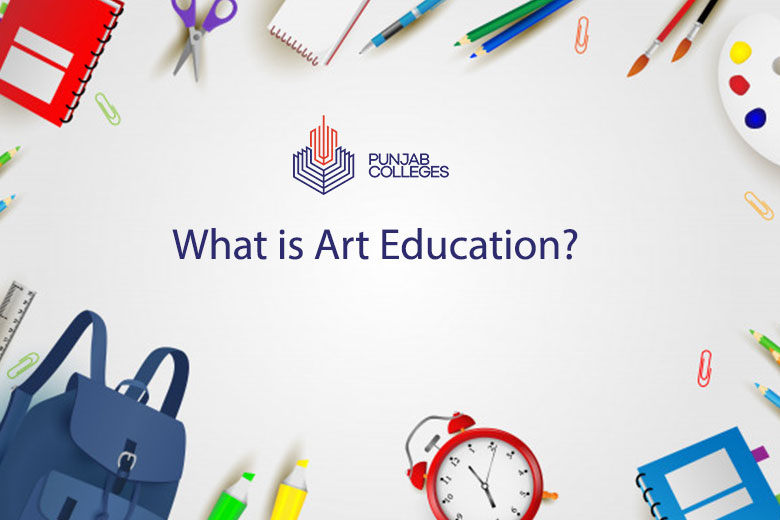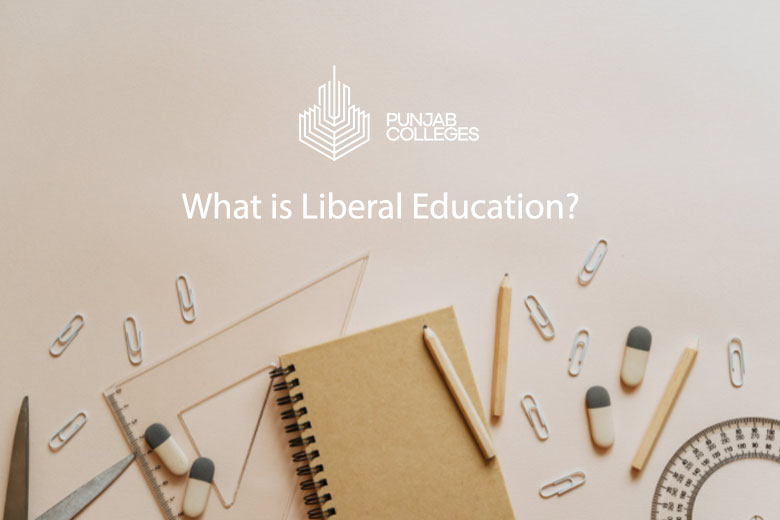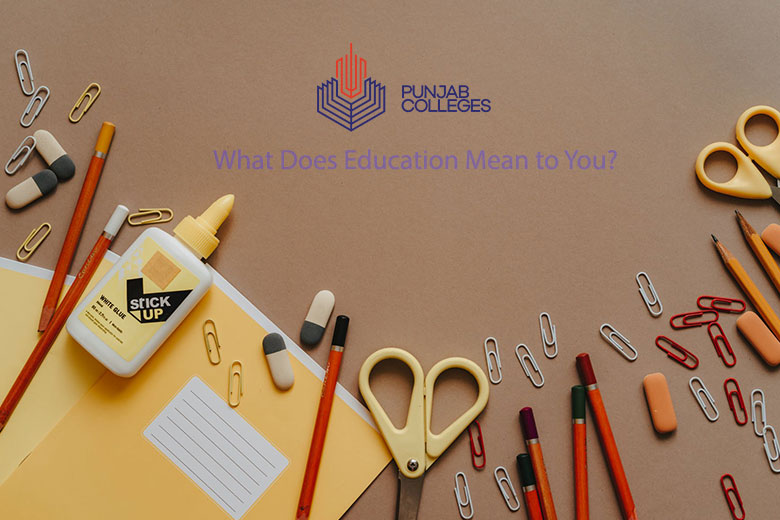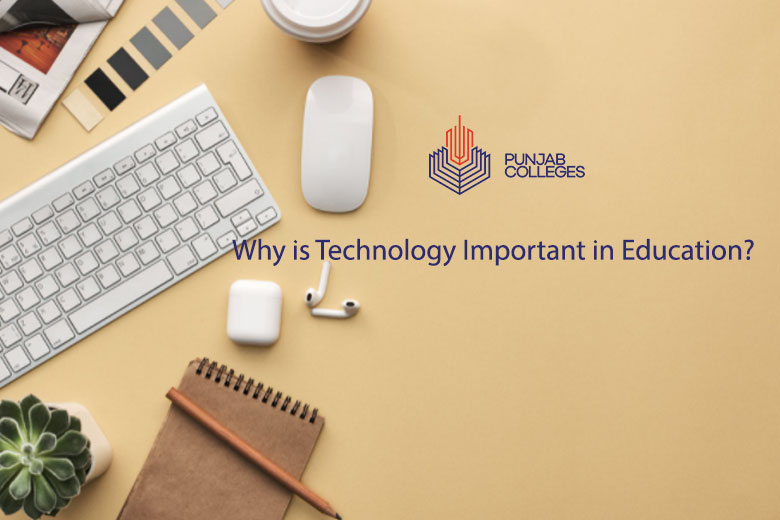
Why is technology important in education?
Information and Communication Technologies are already an irreplaceable and fundamental part of people’s daily lives. Today they are present in practically everything that surrounds us, from our work to our daily activities, and have become a tool that facilitates and streamlines business, educational and social processes.
The possibilities that Information technology give us are endless. Among its positive impacts are improving educational processes and facilitating recreation activities for students, managing to support learning processes.
Many current adults did not grow up with this information technology and sometimes we find it difficult to use it effectively, responsibly, and consciously. In this sense, education plays an important role regarding the proper use of the growing technological advances, and hence the importance that our children grow up educated with firm and responsible foundations regarding the use of technology.
The expert in technological tools for education, assures that incorporating technological tools in education brings benefits that promote knowledge and interaction. Also the efficiency and productivity in the classroom between teachers and our children.
According to an analysis, education can benefit from information technology in the following ways:
Collaboration. They can encourage students to express themselves and interact with other classmates in face-to-face or virtual courses, which allows them to learn interactively and without depending on being in a certain place. For academic work, it is no longer necessary for a group of students to meet personally to do it.
Time optimization. Teachers and students can reduce the time in which they carry out their activities since they can be more efficient. In the case of academics, they can spend more time on their training.
Flexibility and adaptability in learning. The more advanced students may have additional content at their disposal, and those who need reinforcement can use support materials.
Greater communication with students. Technologies have fostered communication between teachers and students through virtual subject environments.
Costs reduction. The use of new technologies in education allows cost reduction since physical material is not necessary and everything can be done through a program or app.
Immediacy. Students and teachers can find and deliver quality information quickly and efficiently in real-time.
Exploration. New technologies allow students to satisfy their interest in knowledge in areas unknown to them, providing them with new knowledge.
Indeed, students with high cultural capital are those who have the greatest capacity to acquire new knowledge and develop their skills or aptitudes. and in short, improve their education through the use of technology. However, there may also be some negative impacts related to information technology use habits that affect formal learning processes, which becomes particularly evident, for example, when students consult digital texts blindly trusting the first two or three sites thrown by the search engine.
In conclusion, technological tools can favor education and boost students’ talent if, as teachers and parents, we guide their learning. Hence the importance of all children and young people having access to ICT.
Education and learning must keep pace with technology. In an environment in which our children grow up with it, we must ensure that they do so in a responsible and, above all, scientific way, that is, that they apply the same rational logic that is applied to solving problems of real-life and consciously seek to get the best out of it to improve their environment.
The role of information technology in education:
Children of the 21st century grow up between screens without being alien to technologies such as video games, virtual reality, or augmented reality. An increasingly integrated digital universe that already complements traditional teaching methodologies.
Serious games or educational video games are open doors to a new way of understanding teaching. Although this disruption is awakening now, the truth is that there are many opportunities that video games and virtual reality can offer for education in the 21st century.
In this sense, the use of technology in education can be used to improve educational quality in both rural and urban areas of the country. In addition, it must be remembered that the quality of education is a determining factor in student performance, to the point that it can reduce the gap between different socioeconomic levels.
The implementation of information technology in education can make the necessary changes in teaching and thus ensure that it meets the demands of the knowledge society. As various studies on education point out, Information technology not only function as an input but also as an element of innovation that encourages change in school systems.
The importance of information technology management in the current context is crucial in the country’s economic performance. Increasing access to technologies is expected to increase productivity, hours worked to become more efficient, increase wages, and thereby promote economic growth and innovation.
Through the implementation of technology in education, it becomes possible to increase human capital within the country, ensuring that the workforce is increasingly qualified and competitive.
Technologies are increasingly being used within the education sector, although their adoption remains at an early stage. For example, it is used to facilitate the teacher or teachers in administrative procedures; o Increasingly, plans or the school calendar are uploaded to the platform used by the school, which contributes to parents being more informed about the education their children are receiving.
There is certainly great potential to harness information technology for teaching and learning. Incorporating information technology in education is much more than having a class where basic computer skills and some programs are taught independently.
Optimal integration of technology in the educational field suggests that it can be used as a research method to deepen learning. In addition, the incorporation of technology in the education sector should be able to encourage participation in groups, make students more active and promote an education that gradually reduces passivity in teaching and increases student-teacher interaction. -themes.
The main objective of incorporating information technology into teaching should be for students to increase their ability to analyze and solve problems, thus improving the educational quality of the countries.
The use of technology in education turns primary education into an education based on questions, different from a dynamic in which the teacher gives answers without delving into the reason for any particular knowledge.
By incorporating information technology into the classroom, students can be motivated by what they are learning and able to apply the knowledge practically. In turn, teachers can update their teaching methods by interacting with teachers from other schools and other countries, while parents become more involved in their children’s education.
There is no doubt that there is a growing need to incorporate the use of technology into educational policies. If twenty years ago having a computer in the classroom was a distinctive sign of prestige, today the use of technology in teaching is essential for students to receive an education that can help prepare them for the challenges of the future.
The incorporation of technology in education must be accompanied by new study plans, a new organization, new ways of evaluating students, and new administrative procedures, among others. However, there must be a commitment on the part of all the actors involved in education so that information technology can be incorporated successfully.
It is quite understandable that why is technology important in education, let’s dig into it and discuss the impact of information technology in education.
Impact of information technology in education:
Assessing the impact that the use of information technology has on education and how it affects student learning in schools is not an easy task. Since the appearance of the internet and new technologies, a true technological revolution has taken place in the classroom. Where before the pencil, paper and books were the main protagonists, computers, tablets, and interactive technologies are gaining more and more ground.
Advantages of the use of information technology in education according to teachers:
Advantages and disadvantages of the use of information technology in education:
Is the use of information technology in education beneficial? To a large extent yes. Of course, like everything, there are always some cons to highlight. Therefore, in this article, we will talk about the advantages and disadvantages of the use of information technology in education. Do not miss it!
Use of information technology in education: pros and cons:
Children from when they are small already make contact with new technologies, through tablets, smartphones, or computers. Let’s know the advantages that this supposes and also the possible disadvantages:
Main advantages:
Access to alternative teaching materials: children can access a greater number of teaching materials, more than the classic paper books of all time.
It is loaded with less weight: using the tablet and the books in PDF form, it will not be necessary to carry the weight. Which translates into fewer back problems from a young age.
Autonomous learning: the use of information technology favors autonomous learning because children can learn ‘alone’. They simply need to turn to educational apps and games.
Personalized teaching: it is a way of opting for personalized teaching, based on each type of student. This is achieved through educational apps, to work on certain areas.
Teamwork is encouraged: children will be able to access a multitude of apps and games to work as a team and see the benefits that this entails.
Liven up the classes: through this type of learning using new technologies, classes will be more enjoyable, fun, and entertaining for students.
Communication is improved: in class, there are always shy children who have problems communicating with other children or with teachers. Through certain applications, communication improves considerably.
The disadvantages:
Investment in the purchase of equipment: Schools and colleges should make investments in equipment to promote learning using these technologies.
Possible dependence on technology: it is essential to control the time that children spend using these devices because they tend to be addictive.
It requires maintenance: it is essential to carry out certain maintenance from time to time, in updates, antivirus analysis, etc.
Teachers must have certain skills: many “old” teachers have problems coping with new technologies because they don’t know how to handle them. May be a problem.
Vision damage – Intermediate breaks are necessary when using these technologies. Otherwise, it could cause damage to the eyesight of the little ones and the use of glasses at an early age.
It is essential to take into account the pros and cons of the use of new technologies in the classroom from early childhood education. Especially in a world that is increasingly connected and in which the little ones begin to be introduced to this form of learning earlier.
Now that you know the main advantages and disadvantages of the use of information technology in education … what do you think? Do you think its use is positive or negative for the little ones?
What benefits can the incorporation of new technologies in the classroom bring?
Increased interest and motivation of the student, who dedicates more time to study and performs the task with more enthusiasm. Maintenance of constant intellectual activity since new technologies require interaction. Possibility of permanently updating the topics and contents of the textbooks by accessing the information.
Initiative and decision-making are enhanced by requiring participation development of searching abilities and information selection. Immediate learning of errors by knowing them as they occur. The exchange of ideas and group work helps the development of social skills. It favors the inclusion of students with different abilities
The digital blackboard is the star element of the incorporation of new technologies into education. A computer connected to a projector that allows all the options of the connected device to be displayed in large format (presentations by teachers and work done by students, multimedia files, browsing the web) Personal computers, electronic agendas (for administrative tasks and management of the teaching team), and an intranet that contributes to effective communication, are part of the framework of new technologies in education.
The conjunction of various means is effective in increasing learning. A person learns 10% of what he reads, 20% of what he hears, 30% of what he sees, and 50% of what he sees and hears. So the question, why is technology important in education, is pretty much answered and explained in the article.
The importance of new technologies in education is based on this combination of stimuli, interaction, and the search for new learning formats, close to leisure and entertainment, that contribute to the development of talent.
Read more Articles:
What is Art Education?
What is Liberal Education?
